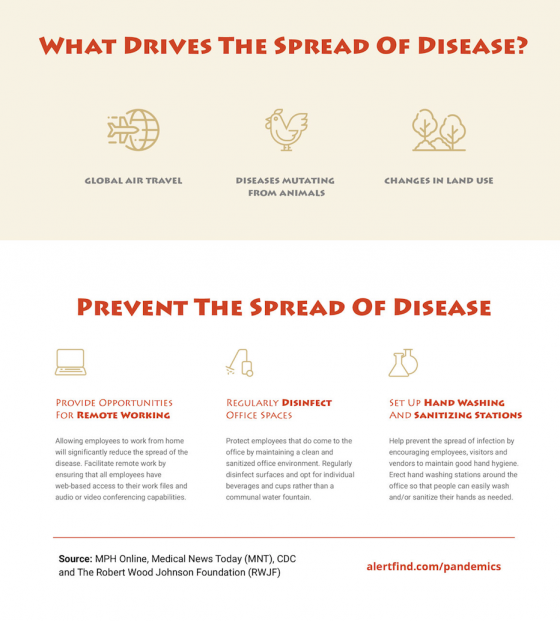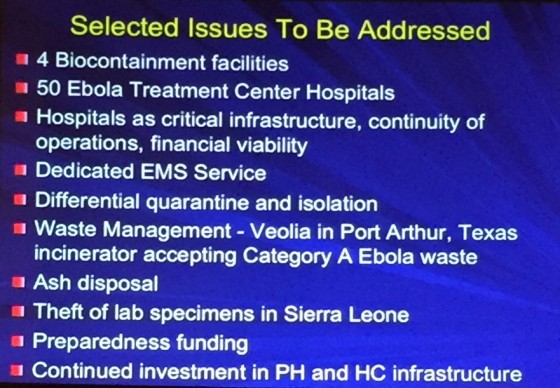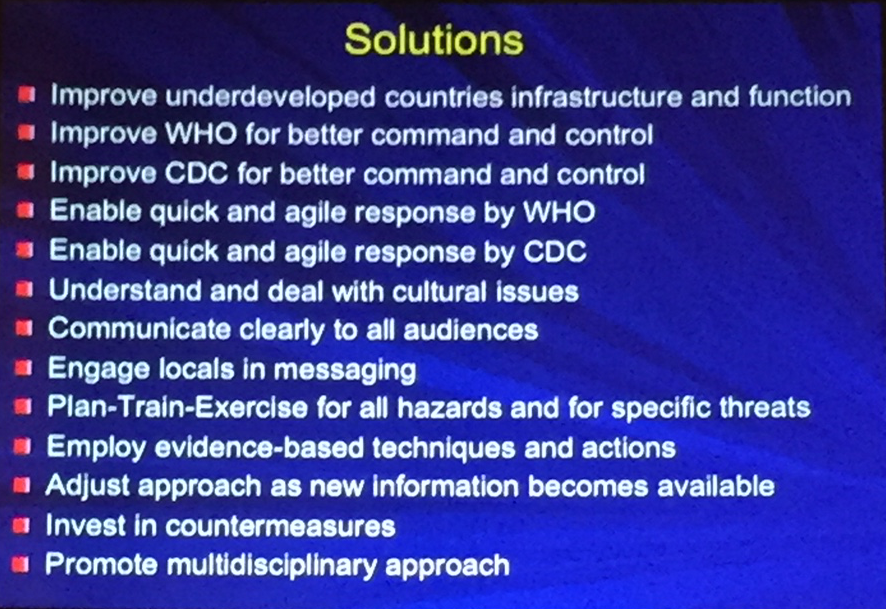While the forecast for the 2018-19 flu season is not as severe as years past, manufacturers projected they would provide between 163 million and 168 million doses of injectable vaccine for the U.
S. market. Companies are encouraged to maintain efforts to prevent the spread of the flu in the workplace.
The Centers for Disease Control and Prevention (CDC) recently provided updates regarding the 2018-19 influenza season and you can access the outlook report here. Some new information includes:
- Flu vaccines have been updated to better match circulating viruses [the B/Victoria component was changed and the influenza A(H3N2) component was updated].
- The age recommendation for Afluria Quadrivalent was changed from 18 years and older to 5 years and older after the annual recommendations were published last season to be consistent with Food and Drug Administration (FDA)-approved labeling.
buy proscar online orthomich.com/img/blog/jpg/proscar.html no prescription pharmacy
- Most regular-dose egg-based flu shots will be quadrivalent [they will have four components].
- The nasal spray flu vaccine (live attenuated influenza vaccine or “LAIV”) is again a recommended option for influenza vaccination of persons for whom it is otherwise appropriate, including for use in non-pregnant individuals, 2 to 49 years old.
For 2018-2019, trivalent (three-component) vaccines are recommended to contain:
- A/Michigan/45/2015 (H1N1)pdm09-like virus
- A/Singapore/INFIMH-16-0019/2016 A(H3N2)-like virus (updated)
- B/Colorado/06/2017-like (Victoria lineage) virus (updated)
Quadrivalent (four-component) vaccines, which protect against a second lineage of B viruses, are recommended to contain:
- The three recommended viruses above, plus B/Phuket/3073/2013-like (Yamagata lineage) virus
Though the CDC recommends that people get a flu vaccine by the end of October, “getting vaccinated later, however, can still be beneficial and vaccination should continue to be offered throughout the flu season, even into January or later.” Check out the agency’s FluView site for more national trends and other information.
AlertFind recently released a “Deadliest Pandemics of This Century” infographic, calling out the severity of the 2017-18 influenza season, which caused 80,000 deaths and 900,000 hospitalizations. It also provides tips employers can use to prevent the spread of disease.



